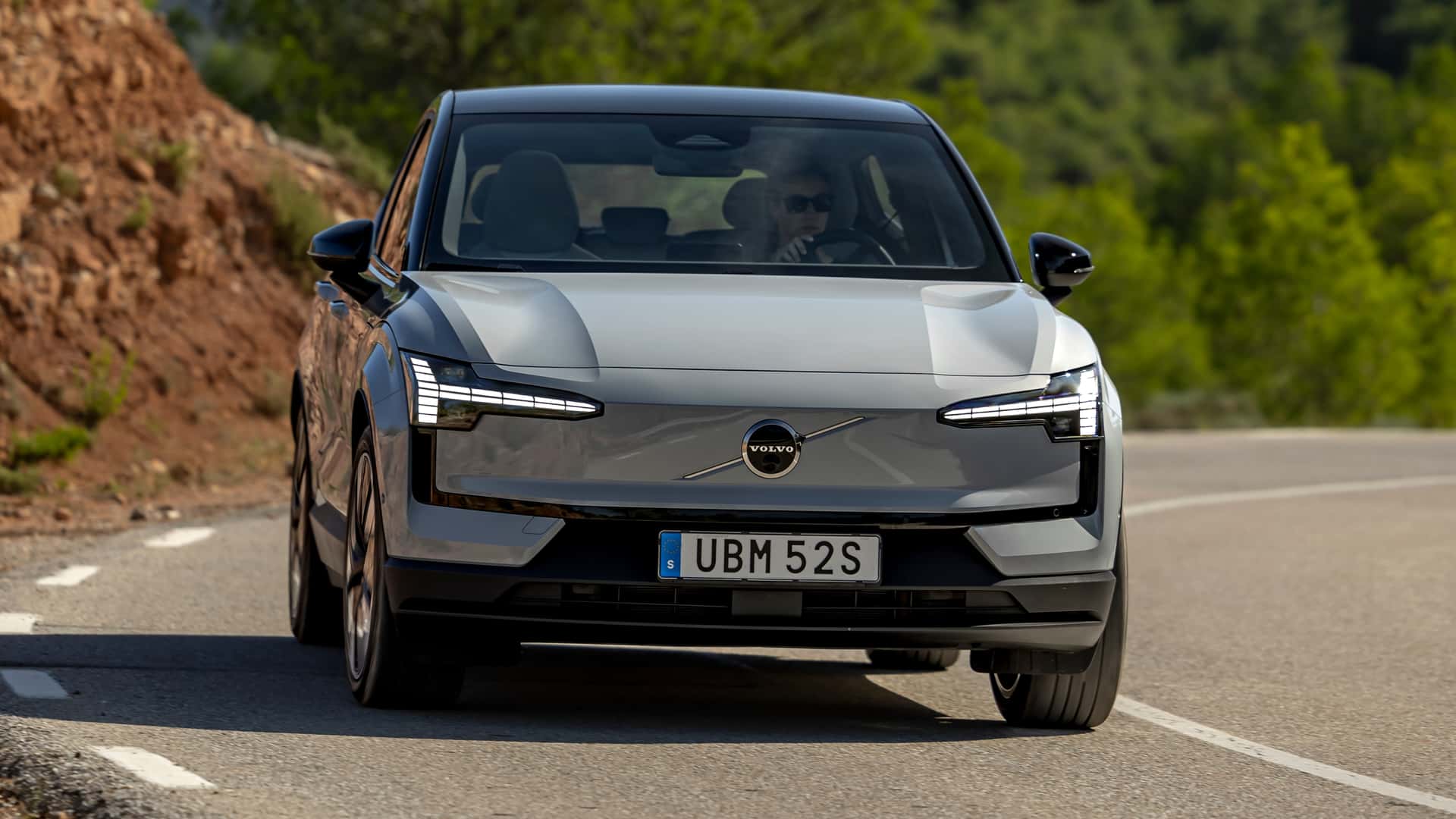Data from thousands of EVs shows the average daily driving distance is a small percentage of the EPA range of most EVs.
For years, range anxiety has been a major barrier to wider EV adoption in the U.S. It’s a common fear: imagine being in the middle of nowhere, with 5% juice remaining in your battery, and nowhere to charge. A nightmare nobody ever wants to experience, right? But a new study proves that in the real world, that’s a highly improbable scenario.
After analyzing information from 18,000 EVs across all 50 U.S. states, battery health and data start-up Recurrent found something we sort of knew but took for granted. The average distance Americans cover daily constitutes only a small percentage of what EVs are capable of covering thanks to modern-day battery and powertrain systems.
The study revealed that depending on the state, the average daily driving distance for EVs was between 20 and 45 miles, consuming only 8 to 16% of a battery’s EPA-rated range. Most EVs on sale today in the U.S. offer around 250 miles of range, and many models are capable of covering over 300 miles.



Technical magic???
BMS systems are far from it. Lots of technical work going into simplifying measuring techniques, automatic switching between series parallel linking of cells based on system needs (at my company)… but the essentials of measuring current, thermal and voltage? Lmao. I’m making fun of your degree, as a holder and EIT myself.
If you’re into BMS systems at all, you know that the ridiculous levels of modeling are chemistry / cell specific, to the point that would make the typical layman’s eyes glaze over. A litany of cell types (NMC, LiFePo4, NCA) and more as new chemistries are invented (or go in and out of fashion) requires updates to BMS, the modeling of how the internals of the cells work, and how all of that is related to the voltage/current/temperatures of individual cells.
Measuring voltage/current? Yeah, that’s easy.
INTERPRETING voltage/current? That’s the hard part. And requires a giant mess of R&D effort on these cells and their individual chemistries.
There’s nothing “simple” about that battery pack. The shear number of control systems that go into a modern battery-pack it should be proof enough to you.
https://stock-tesla.com/en/asy-tested-bms-96s-mdls-1021970-00-b
Not only is there difficulty in building and manufacturing this… there’s also difficulty in maintaining this item. I mean yeah, we don’t maintain it, its just replaced wholesale. But there’s also the whole 400V will-instantly-kill-a-technician problem if they’re not careful.
Sorry, I have designed complex 4 and 6 layer high speed FPGA boards, this BMS board looks moderately dense but not crazy, nor does it look like it’s dealing with high speed signaling.
Try dealing with RF or something, those PCBs are quite a bit crazier.
The models for the cells are implemented in software. You know what’s easy to update in place? software. You know what’s hard to update in place? Mechanical systems. That’s my point.
Then I’ll chalk it up to another FPGA programmer dissing Power Engineering and the complexities of handling of high voltage lines.
Lmao go for it, I deal with systems shoving kiloamps at multi-tens of kv around quickly, I’ll chalk it up to a small fry “power” electronics engineer not knowing better, as is customary for you so far.
GaN MOSFETs, because igbts are too slow, tech you, @[email protected], haven’t even gotten to touch yet. TeChNiCaL MaGiC in your parlance.
So you do touch BMS systems and understand that the hundreds or thousands of MOSFETs that control the electrical currents of a ten-thousand cell battery pack are arranged in systems of series and parallel … Running advanced modeling software that tries to peer into the internal chemistry of modern cells…
Yet you want to convince me that this is simpler than the like, 15 gears that make up Toyotas Powersplit Device?